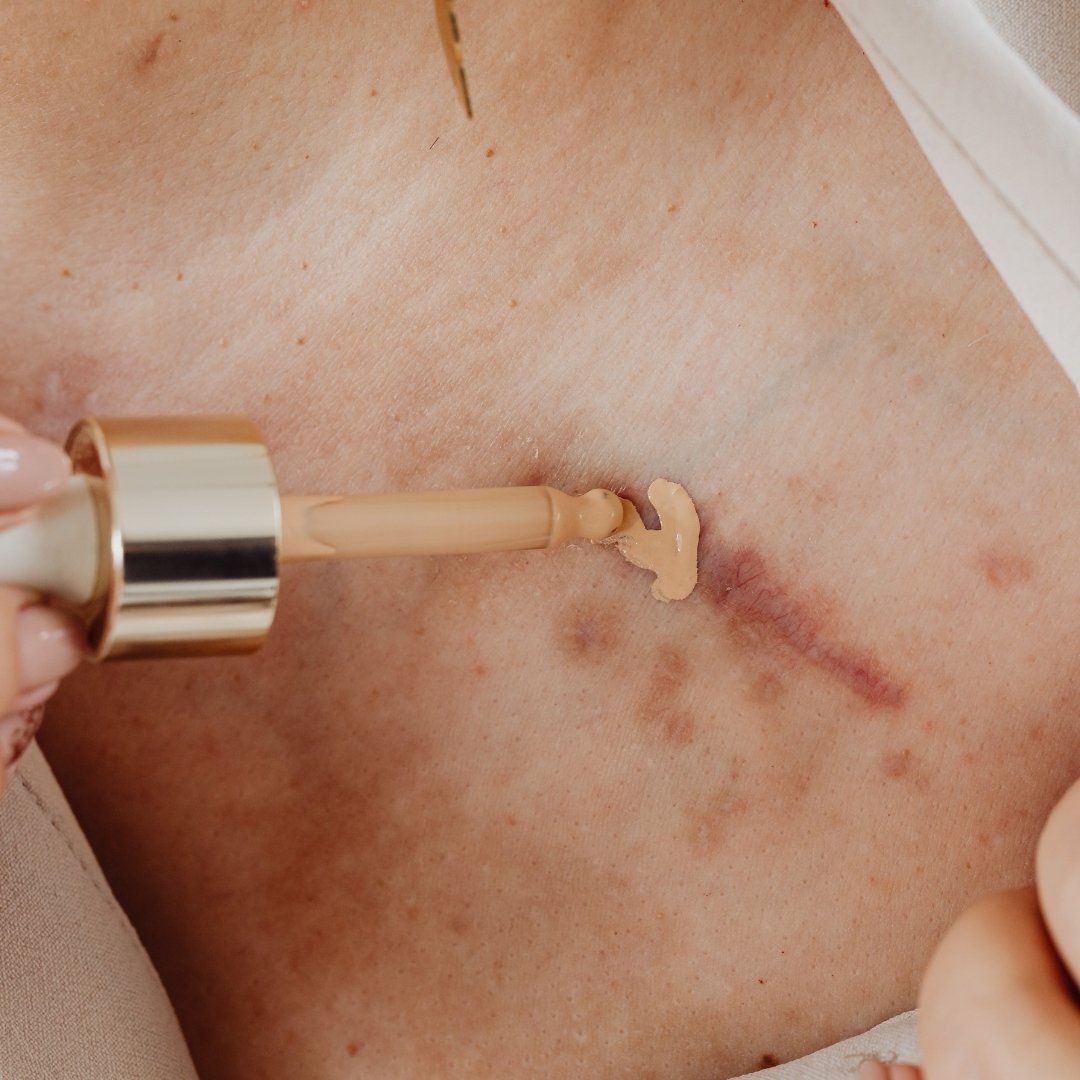Scar,
are formed as replacement tissue after injuries when the skin can no longer regenerate completely. This case occurs when deeper layers of skin are injured, but superficial wounds with impaired wound healing can also form a scar.
Scars consist of connective tissue, which is why, unlike normal skin, they lack typical features such as hair, sweat glands, blood vessels and pigment cells. It can take up to two years for a scar to fully mature. In the meantime, it is continuously remodeled and adapted to the respective body region through the organization of the connective tissue fibers. The finished scar acquires approx. 80% of the resilience of normal skin and at the same time is less elastic.
In the best case, a relatively inconspicuous scar forms that is hardly disturbing.
In the case of pathological scar types or poor wound healing, however, significant symptoms and a cosmetically poor scar appearance can occur, which are often very stressful for those affected. Good scar treatment can help bring about the best possible outcome.










